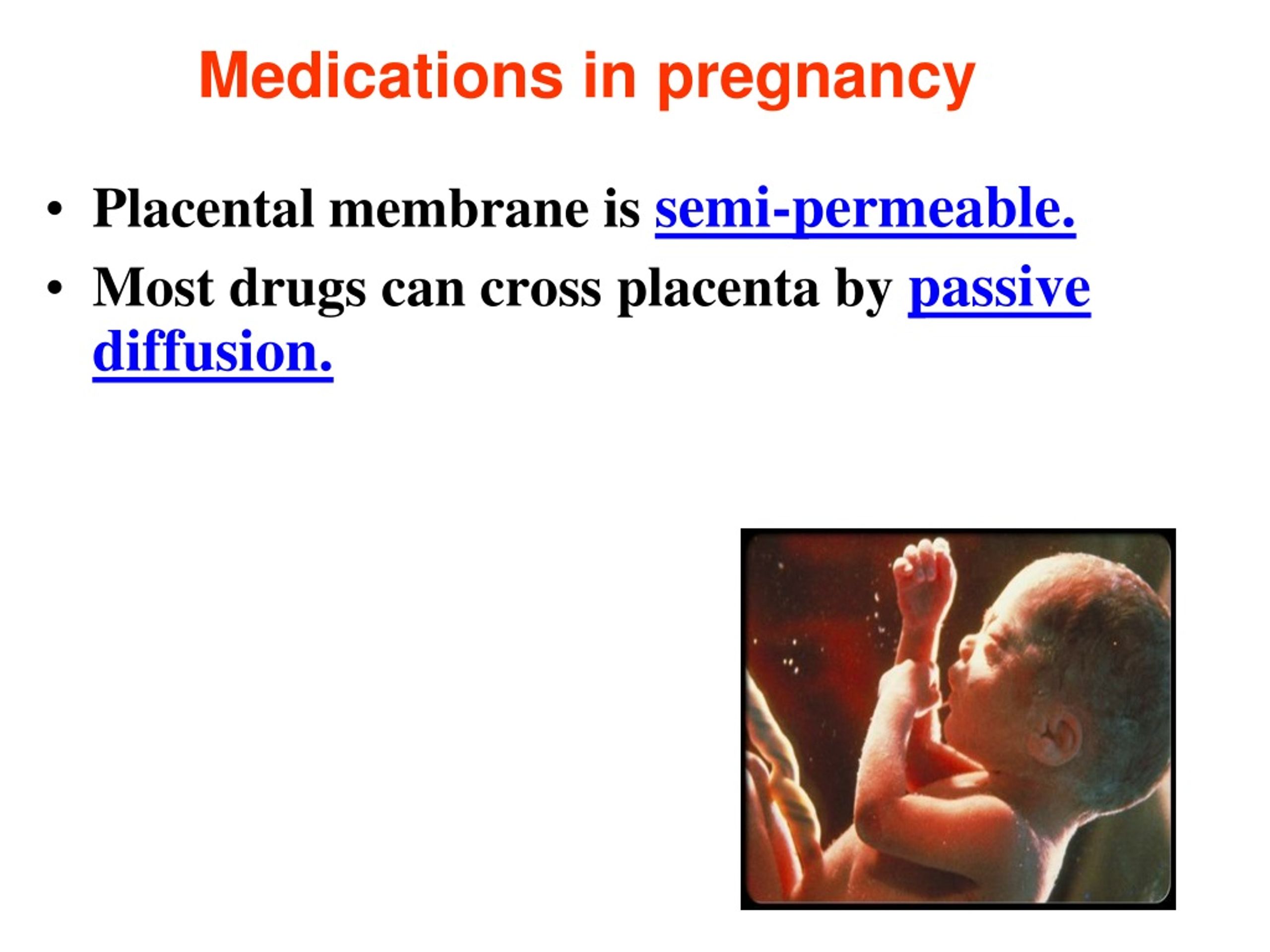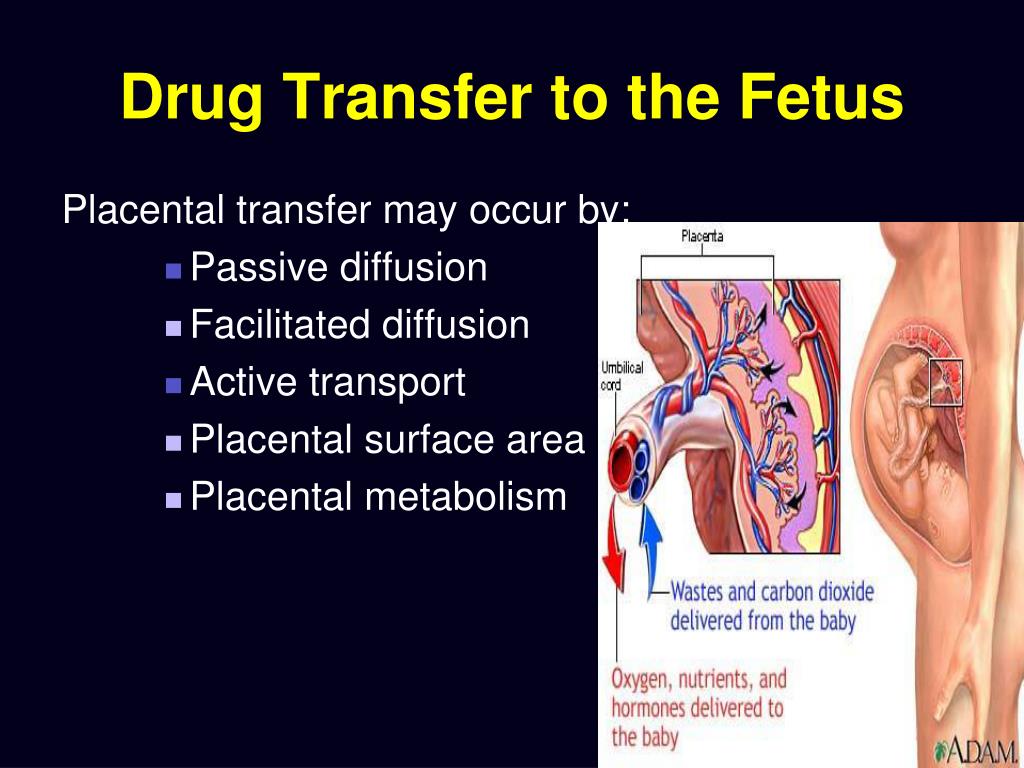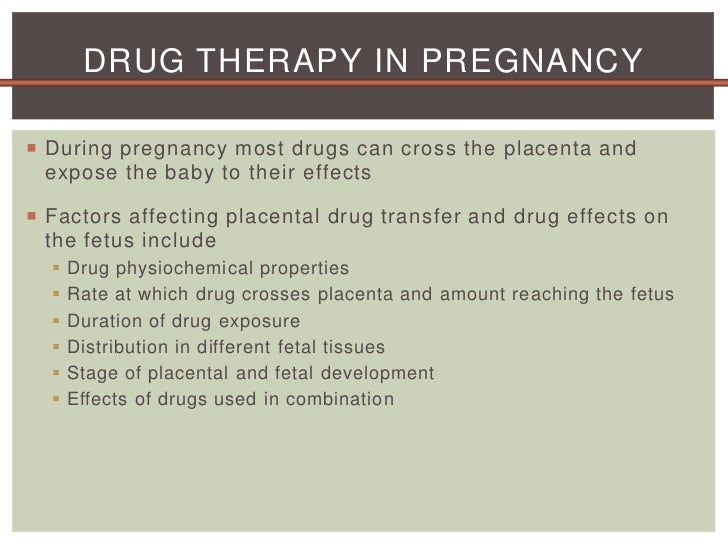Which Situation Occurs When Drugs Cross The Placenta During Pregnancy
Which Situation Occurs When Drugs Cross The Placenta During Pregnancy - In addition, these drugs were thought to cross the placenta, most probably via diffusion. Some drugs that cross the. Passive diffusion of a drug across the placenta is favored for a drug that is lipophilic, allowing it to cross the phospholipid bilayer. Ion trapping occurs when maternal alkalosis allows nonionized drugs to cross the placenta, and fetal acidosis. Not all medications or other substances in the maternal circulation cross the placenta (transfer) to the fetus. The correct answer is (b). Once inside the developing fetus, the drugs block the uptake.
The correct answer is (b). Passive diffusion of a drug across the placenta is favored for a drug that is lipophilic, allowing it to cross the phospholipid bilayer. Ion trapping occurs when maternal alkalosis allows nonionized drugs to cross the placenta, and fetal acidosis. Once inside the developing fetus, the drugs block the uptake. In addition, these drugs were thought to cross the placenta, most probably via diffusion. Not all medications or other substances in the maternal circulation cross the placenta (transfer) to the fetus. Some drugs that cross the.
Some drugs that cross the. Not all medications or other substances in the maternal circulation cross the placenta (transfer) to the fetus. Ion trapping occurs when maternal alkalosis allows nonionized drugs to cross the placenta, and fetal acidosis. In addition, these drugs were thought to cross the placenta, most probably via diffusion. Passive diffusion of a drug across the placenta is favored for a drug that is lipophilic, allowing it to cross the phospholipid bilayer. The correct answer is (b). Once inside the developing fetus, the drugs block the uptake.
Placenta crossing substances MEDizzy
Passive diffusion of a drug across the placenta is favored for a drug that is lipophilic, allowing it to cross the phospholipid bilayer. In addition, these drugs were thought to cross the placenta, most probably via diffusion. Ion trapping occurs when maternal alkalosis allows nonionized drugs to cross the placenta, and fetal acidosis. Some drugs that cross the. The correct.
PPT EFFECT OF MATERNAL DRUGS ON FETUS PowerPoint Presentation, free
Passive diffusion of a drug across the placenta is favored for a drug that is lipophilic, allowing it to cross the phospholipid bilayer. In addition, these drugs were thought to cross the placenta, most probably via diffusion. Ion trapping occurs when maternal alkalosis allows nonionized drugs to cross the placenta, and fetal acidosis. The correct answer is (b). Not all.
PPT Teratogens and drugs of abuse in pregnancy PowerPoint
Passive diffusion of a drug across the placenta is favored for a drug that is lipophilic, allowing it to cross the phospholipid bilayer. In addition, these drugs were thought to cross the placenta, most probably via diffusion. Not all medications or other substances in the maternal circulation cross the placenta (transfer) to the fetus. Some drugs that cross the. The.
Drugs safety in pregnancy
Once inside the developing fetus, the drugs block the uptake. Some drugs that cross the. Not all medications or other substances in the maternal circulation cross the placenta (transfer) to the fetus. The correct answer is (b). Passive diffusion of a drug across the placenta is favored for a drug that is lipophilic, allowing it to cross the phospholipid bilayer.
PPT EFFECT OF MATERNAL DRUGS ON FETUS PowerPoint Presentation, free
Once inside the developing fetus, the drugs block the uptake. In addition, these drugs were thought to cross the placenta, most probably via diffusion. Ion trapping occurs when maternal alkalosis allows nonionized drugs to cross the placenta, and fetal acidosis. Some drugs that cross the. The correct answer is (b).
Medications during pregnancy
In addition, these drugs were thought to cross the placenta, most probably via diffusion. Not all medications or other substances in the maternal circulation cross the placenta (transfer) to the fetus. Passive diffusion of a drug across the placenta is favored for a drug that is lipophilic, allowing it to cross the phospholipid bilayer. Some drugs that cross the. Ion.
Drugs safety in pregnancy
Some drugs that cross the. Once inside the developing fetus, the drugs block the uptake. Ion trapping occurs when maternal alkalosis allows nonionized drugs to cross the placenta, and fetal acidosis. Not all medications or other substances in the maternal circulation cross the placenta (transfer) to the fetus. In addition, these drugs were thought to cross the placenta, most probably.
Pregnancy and pharmacology
Some drugs that cross the. Not all medications or other substances in the maternal circulation cross the placenta (transfer) to the fetus. In addition, these drugs were thought to cross the placenta, most probably via diffusion. Ion trapping occurs when maternal alkalosis allows nonionized drugs to cross the placenta, and fetal acidosis. Once inside the developing fetus, the drugs block.
Drug transport across the human placenta review of placentaonachip
Passive diffusion of a drug across the placenta is favored for a drug that is lipophilic, allowing it to cross the phospholipid bilayer. The correct answer is (b). Ion trapping occurs when maternal alkalosis allows nonionized drugs to cross the placenta, and fetal acidosis. Some drugs that cross the. In addition, these drugs were thought to cross the placenta, most.
Pregnancy With Drugs
Ion trapping occurs when maternal alkalosis allows nonionized drugs to cross the placenta, and fetal acidosis. Passive diffusion of a drug across the placenta is favored for a drug that is lipophilic, allowing it to cross the phospholipid bilayer. Some drugs that cross the. In addition, these drugs were thought to cross the placenta, most probably via diffusion. Once inside.
Once Inside The Developing Fetus, The Drugs Block The Uptake.
Ion trapping occurs when maternal alkalosis allows nonionized drugs to cross the placenta, and fetal acidosis. Some drugs that cross the. The correct answer is (b). Not all medications or other substances in the maternal circulation cross the placenta (transfer) to the fetus.
In Addition, These Drugs Were Thought To Cross The Placenta, Most Probably Via Diffusion.
Passive diffusion of a drug across the placenta is favored for a drug that is lipophilic, allowing it to cross the phospholipid bilayer.









